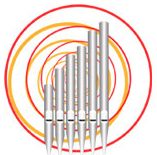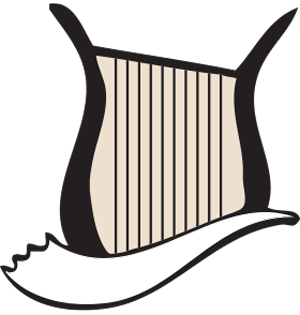Organ n. III | Organ of the Franciscan Monastery of Holy Savior
This organ was built by the Italian organ firm Vegesse-Bossi. Brother Delfin Taboada who ran the organ workshop at the Holy Savior from 1952 to 2000 improved this organ a lot: he electrified the previously pneumatic keyboard and stops’ action, added a third keyboard and in fact separated the instrument into two instruments, joined on a single console but air-supplied by two separate motors. The new keyboard stops were transferred with their sound board to the left lateral gallery. Brother Taboada added the mutation stops that came from an old Agati organ found at church of John the Divine in the city of Acre. The inauguration of this new instrument was on the 29th of April, 1977 with a concert given by the German organist Martin Gunther Foerstmann, professor at the Conservatory of Hamburg.
The organ was situated at the back of the choir and the console placed on the floor at the center of the choir, which allowed a choral ensemble to gather around the organist. The console, made by Tamburini, was modern, made of plywood and covered with formica. The organ facade composed of three tall wooden arches painted white and gold, imitating Greek columns. Two statues of angels play the trumpet on either side and two other angels stand on top at the center and carry the Franciscan emblem.
One blower supplied the Great, Recit and Pedal divisions. The second blower supplied the Positive, which could thus be used separately, as well as one pedal stop – Contrabass 16′. The main motor was placed in an adjacent room and the air pumped through a hole carved in the wall of the church, behind the organ.

